April Showers Bring... The Science of Spring
Image Captions and Credits
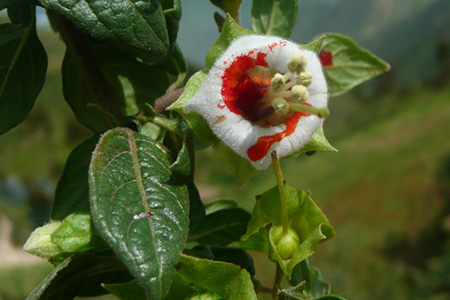
The Jaltomata plant is awash in red nectar at the base of its flowers.
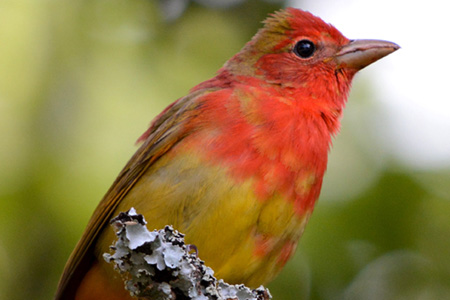
Seasonality of bird migration responds to environmental cues. Biologists and atmospheric scientists track migrating birds like this summer tanager.
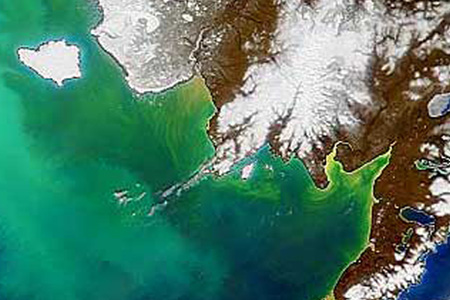
Coccolithophore bloom in the Bering Sea. The greenish color is caused by the high concentration of phytoplankton.
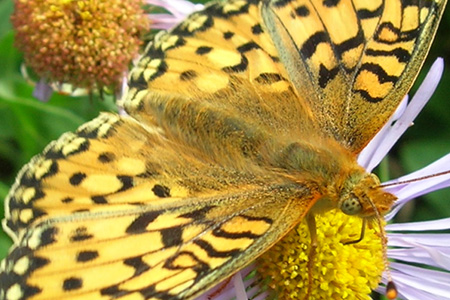
A Mormon Fritillary butterfly feeding on an aspen fleabane daisy, a main nectar source.
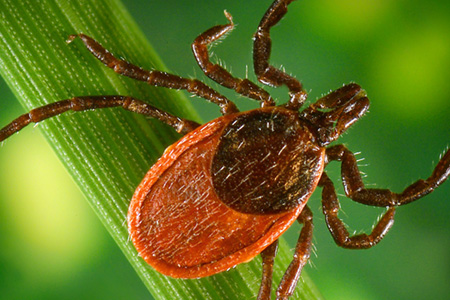
May is Lyme Disease Awareness Month: Do you know where the ticks are?

What's good for crops is not always good for the environment. Nitrogen, a key nutrient for plants, can cause problems when it leaches into water supplies.
Credit: Praveen Kumar
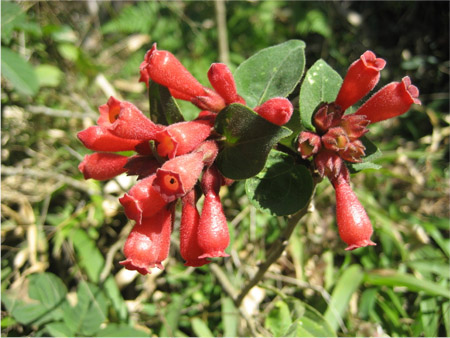
Knock-your-eyes-out red: A flowering plant native to Mexico called early jessamine or red cestrum.

"Earth sound": The composition made by wind, rain, thunder, crashing waves, bubbling brooks.
Credit: Bryan Pijanowski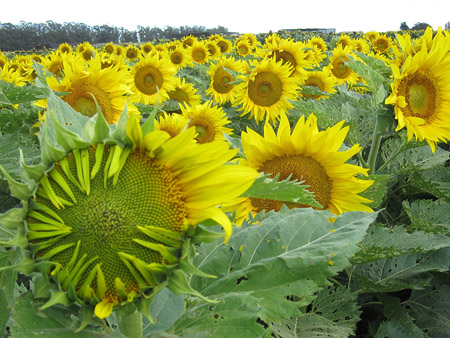
Sunflowers move from east to west, and back, by the clock. When they're mature, sunflowers stop tracking the sun and instead face solely eastward.
Credit: Ben Blackman
Atmospheric scientists on the TWIRL tornado project set up for an oncoming twister.
Credit: Center for Severe Weather Research/Robin Lorenson
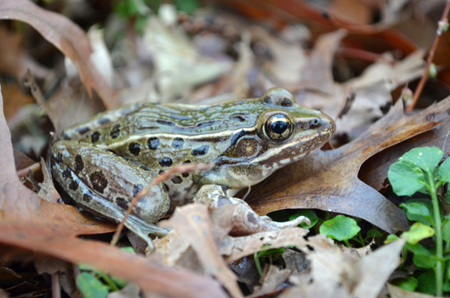
In the wilds of New York City--or as wild as you can get that close to skyscrapers--scientists found a new frog species.
Credit: Luis-Villanueva-Rivera
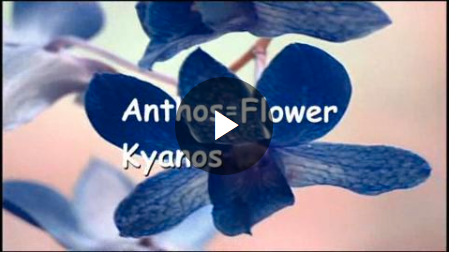
Roses are red. Violets are...well, violet - but why?
Provided by the National Science Foundation & NBC Learn
Back to home page>
Any opinions, findings, conclusions or recommendations presented in this material are only those of the presenter grantee/researcher, author, or agency employee; and do not necessarily reflect the views of the National Science Foundation.


